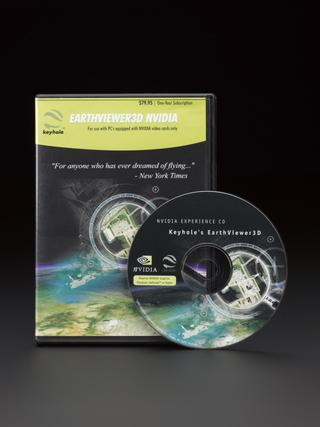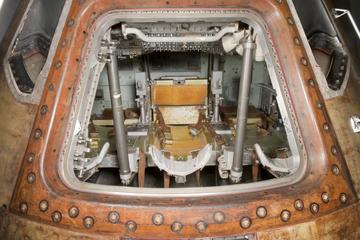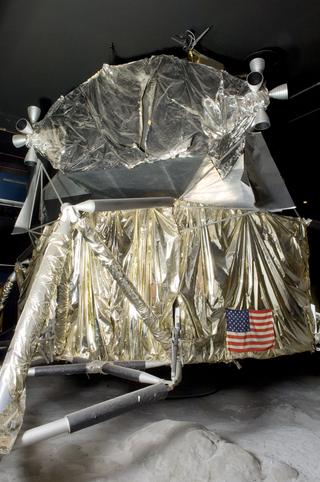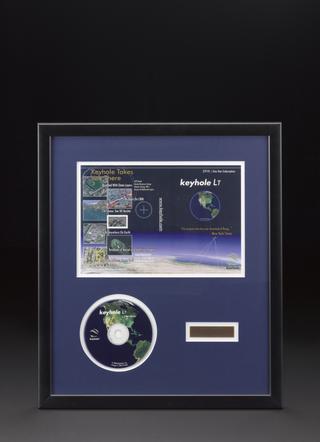
Viking Lander biology experiment
- Made:
- 1976 in United States






















This is part of NASA’s flight spare biology experiment for the Viking Lander missions to Mars in 1976. The spacecraft scooped a sample of Martian soil and dropped it into the instrument, which analysed it for evidence of biological activity.
The Viking programme was an exciting step forward in the exploration of Mars. The missions consisted of two identical, American-made spacecrafts, that were the first probes capable of landing, sending photographs, and conducting science experiments on the surface of Mars. Both spacecrafts were comprised of an orbiter and a lander. The landers were sent to the surface of Mars to conduct four different biological experiments, in the hopes of finding Martian organisms. Each lander had a robotic arm used to collect and store soil samples.
The spacecrafts were launched during August and September of 1975 from Cape Canaveral, Florida. Viking 1 was expected to touchdown on a significant day for the United States, July 4th, 1976, its bicentennial. However, due to some complications with the landing site, the date was pushed back to the 20th of July, the anniversary of the Apollo 11 moon landing, seven years to the day. Viking 2 landed three weeks later, and the two landers began to take images and collect samples from Mars’ surface.
Both of the Viking landers outlasted their estimated 90-day mission expectancies, and although no signs of life were found in their samples, they were able to provide scientists with years’ worth of important data about the surface of Mars.
Details
- Category:
- Space Technology
- Object Number:
- 1986-988
- Materials:
- aluminium alloy and metal alloys
- Measurements:
-
2nd part: 267 mm x 318 mm x 180 mm, , 11.65kg
1st part: 622 mm x 340 mm x 220 mm, , 6.5kg
- type:
- space probe experiment
- copyright:
- National Air and Space Museum, Smithsonian Institution
- credit:
- Lent by the Smithsonian National Air and Space Museum, Washington, DC




